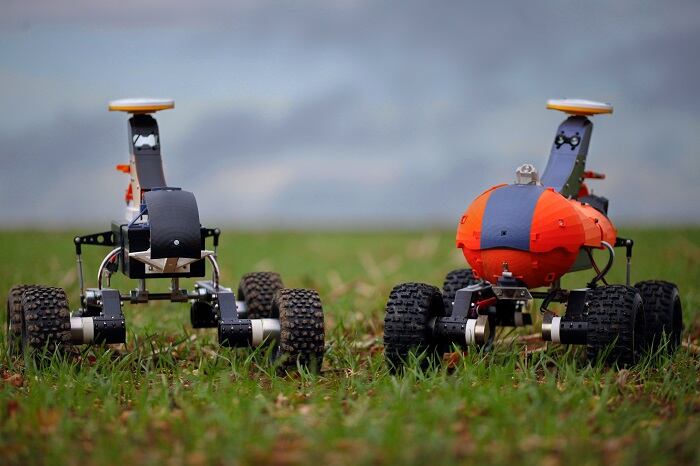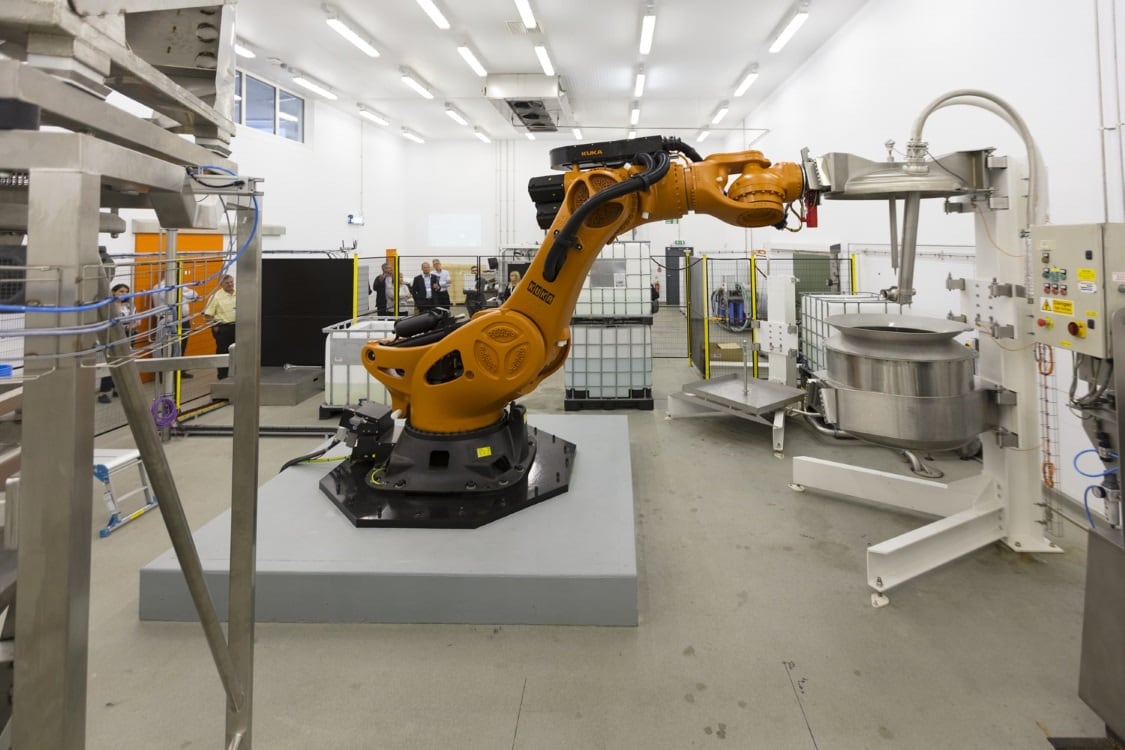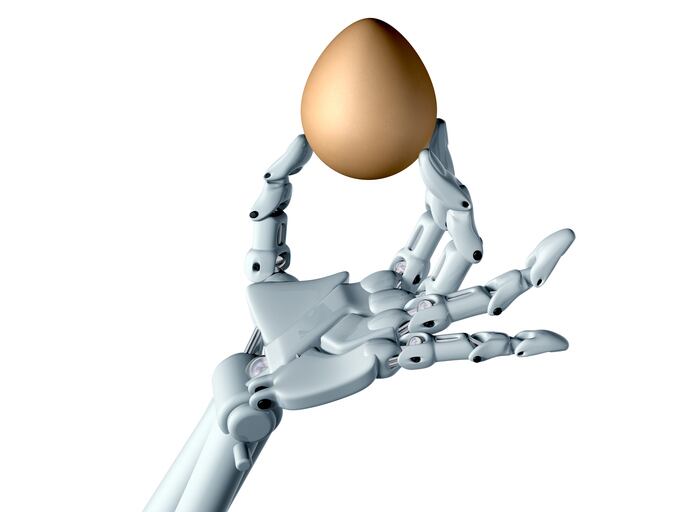UK productivity growth is lagging behind other countries. Most often blamed is the move towards low-skilled jobs since the global financial crisis a decade ago, a lack of business investment and austerity.
The problem is much worse in the farming industry. Speaking at a Westminster Food and Nutrition Forum event in London last week (18 June), Tim Mordan, deputy director at Defra, explained that UK productivity has been “stagnant” for a number of years. “Agriculture is three times less efficient than in other sectors of the UK economy,” he added.
The key questions for the industry, he noted, were “what are consumers going to demand in years to come; what are they going to be eating and how are we going to produce it? And how are we going to do that against the UK government targets announced last week of net zero carbon emissions by 2050?”
Technology could offer a solution.
The life peer Baron Trees said: “We’re on the cusp of a new revolution in agriculture on the scale of the industrial revolution.”
Small Robot Company is a British agritech startup that uses robots and artificial intelligence to attempt to improve how food is produced and minimise chemical usage.
Co-founder Sam Watson Jones, a fourth-generation farmer, said: “The changes that my great-grandfather went through – from horses to mechanisation to food rationing in the Second World War – pale in comparison to the changes we’re going to see in the farming industry in the next couple of years.
“Unless we have a re-think of the hardware and the software that we use and the data that we gather on the farms then we have an industry which is not viable.”
‘The business model is broken’
The business model of an arable farm today was not working, he said. “Revenues are static, while the costs we incur to generate revenues are increasing.”
Soil degradation in England and Wales, meanwhile, is calculated to cost £1.2bn every year by the Environment Agency (EA), which reckons about six million hectares of farm soils in England and Wales are at risk of compaction or erosion.
Last year, the Campaign to Protect Rural England, estimated that up to 2.9m tonnes of topsoil are lost to wind and water erosion annually in the UK.
“We’re going to see a loss of active ingredients,” warned Jones. “I don’t lay the blame at the farmer; it’s because we are using machinery which is designed to be as fast as possible and minimise the amount of man-hours required to cover the fields. What we should be doing is re-engineering the machinery so that it is designed to be as accurate as possible.”
His solution to make farms more profitable, and increase yield and efficiency, is through using small robots instead of tractors. These robots, or ‘farmbots’ named Tom Dick and Harry, plant, feed and weed arable crops autonomously, with minimal waste.
The idea is that lighter machinery and a lighter footprint on the soil will enable precision planting that can deal with weeds without the need for expensive plant protection products and artificial fertilisers and other chemicals. It offers the ultimate sustainable farming model, believed Jones.
“We will see an improvement in the physical health of farms; we will see a massive improvement in the data that we’re getting from our farms and we’ll see a shift in mindset and a change in the way they think about themselves and their business,” he said.
Taking farming into the digital age
“Satellites and drones are imperative for food production and security,” added Paul Febre, chief technology officer at Satellite Applications Catapult, a UK company driving the farming sector's use of satellite technology and data.
“You can use satellites and other data from other systems to determine the likelihood of crops being grown organically and whether or not fertilizers or pesticides will be used.”
But he added: “None of this technology is very useful unless you know how to use it and there is a service delivery chain that can provide services cost effectively.”
How to engage with the disengaged
Other solutions are desperately needed, however, to deal with the host of problems blighting the UK’s farming industry, the audience heard.
There is a need to improve formal education in farming, for example, and upskill UK agriculture. There is the need to engage with disengaged farmers.
What’s more, talk of satellites and drone technology may seem fanciful in light of the infamously poor broadband in rural areas.
Concerns about the Agriculture Bill
Then there are policy problems. Veronica Waller, senior project manager at the Farmer Network, a non-profit company that provides support to farmers across Cumbria, said she was “very concerned” about the Agriculture Bill, which has been delayed since November last year as the UK government has attempted to pass a Brexit deal through Parliament.
“I think we may look back at this time – 2019 and 2020 – and see a fall down in productivity because of uncertainty and nervousness over investing. Investing is so important for productivity.”
She added that another issue was availability of capital. “There are currently no diversification grants in my area and there are no farm productivity grants out there,” she said. “There is a short-term lack of funding for productivity and diversification.”
Going Dutch
There were lessons to be learned from the Netherlands, the audience heard. The country plans to move towards circular agriculture by 2050. The key to this strategy, said Tim Heddema, the Agricultural counsellor at the Embassy of the Netherlands in the UK, is producing with the lowest possible input instead at the lowest possible cost, and preventing leakage of nutrients from the food supply chain.
“A shift from producing at the lowest possible cost to producing at the lowest possible input with careful management of soil and water and nature with the minimum of unnecessary leaks of nutrients and residual biomass. We believe this can reduce costs whilst delivering less damage to our national capital,” he said.





